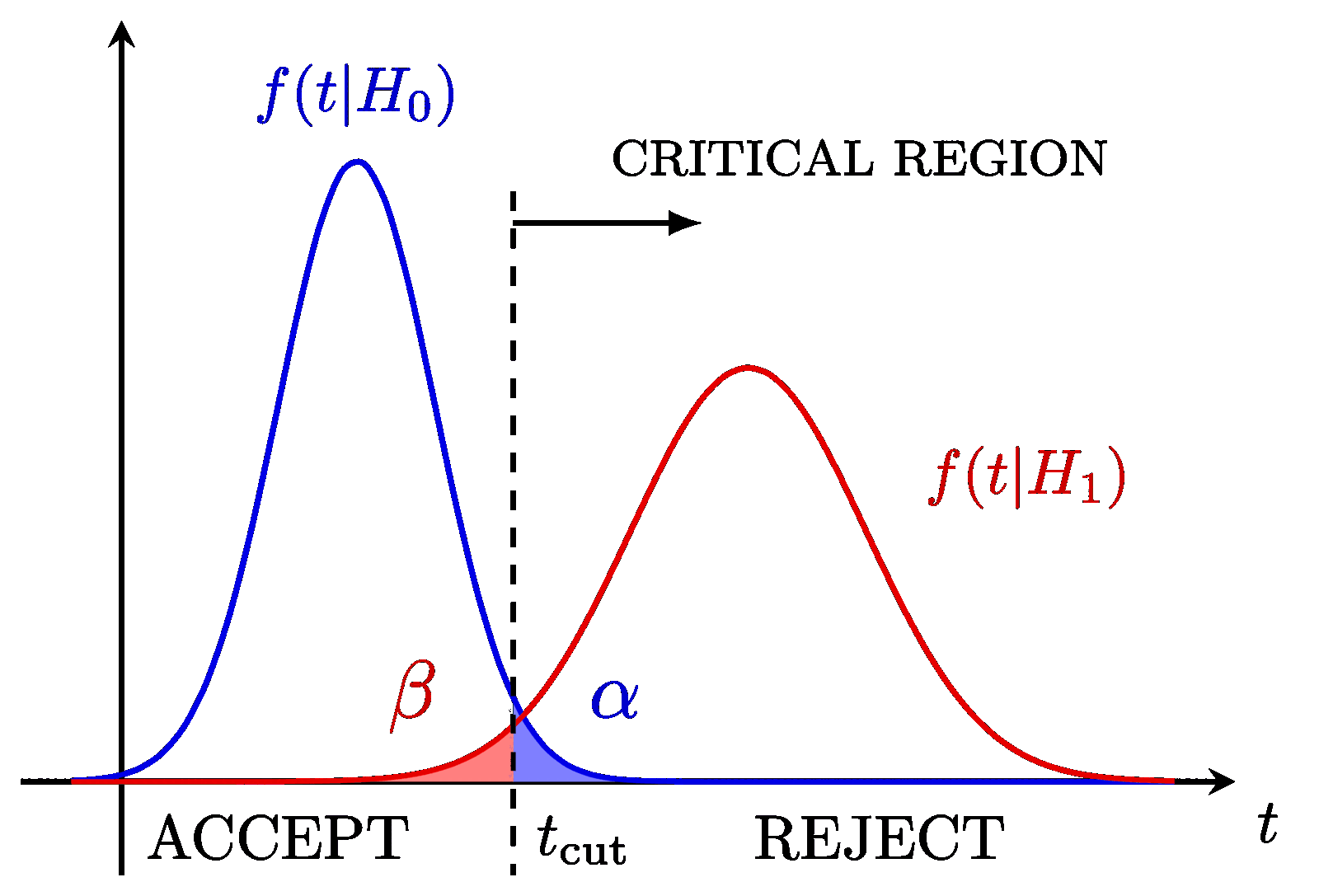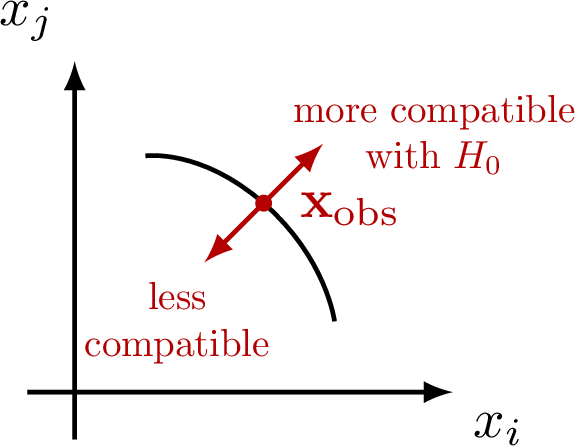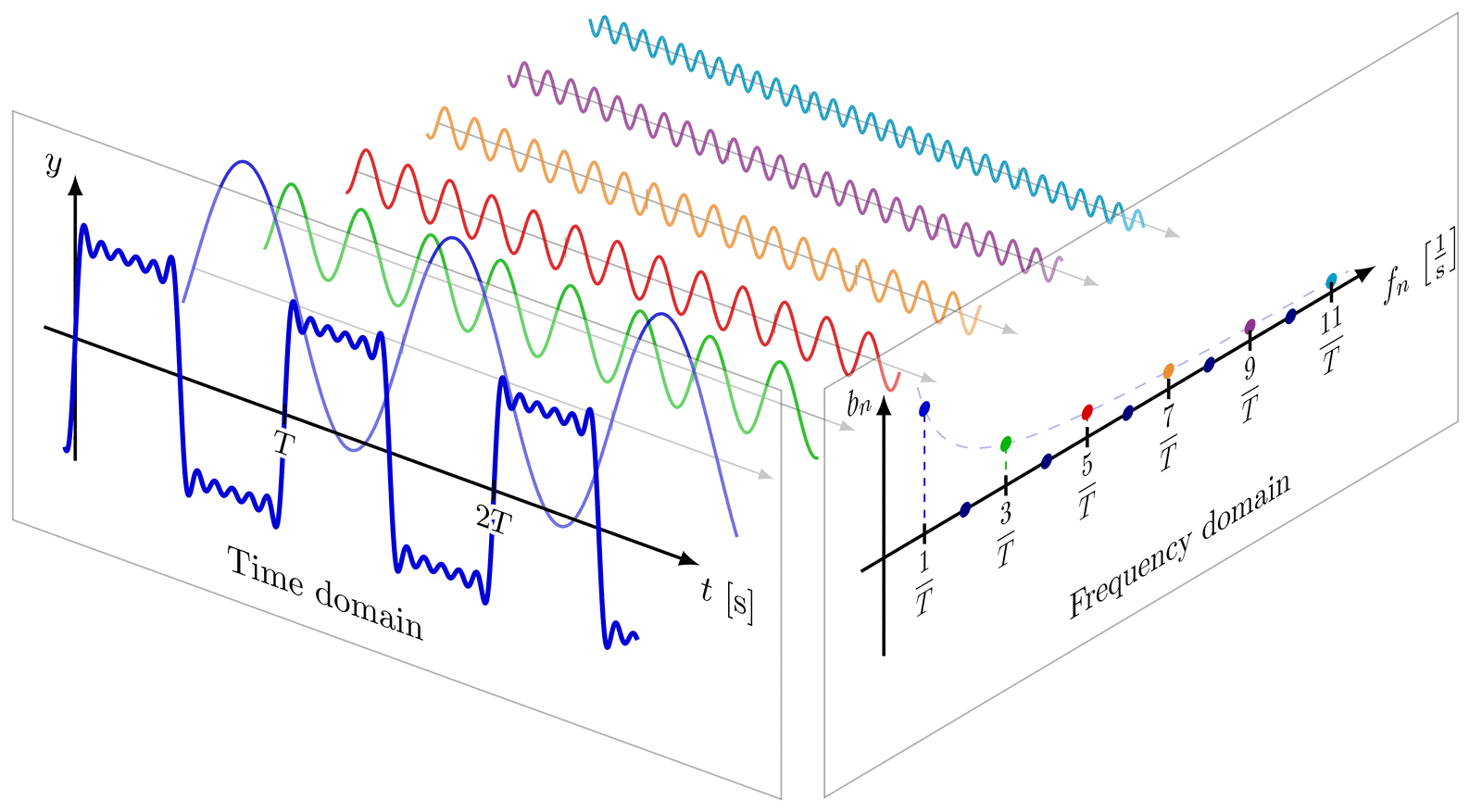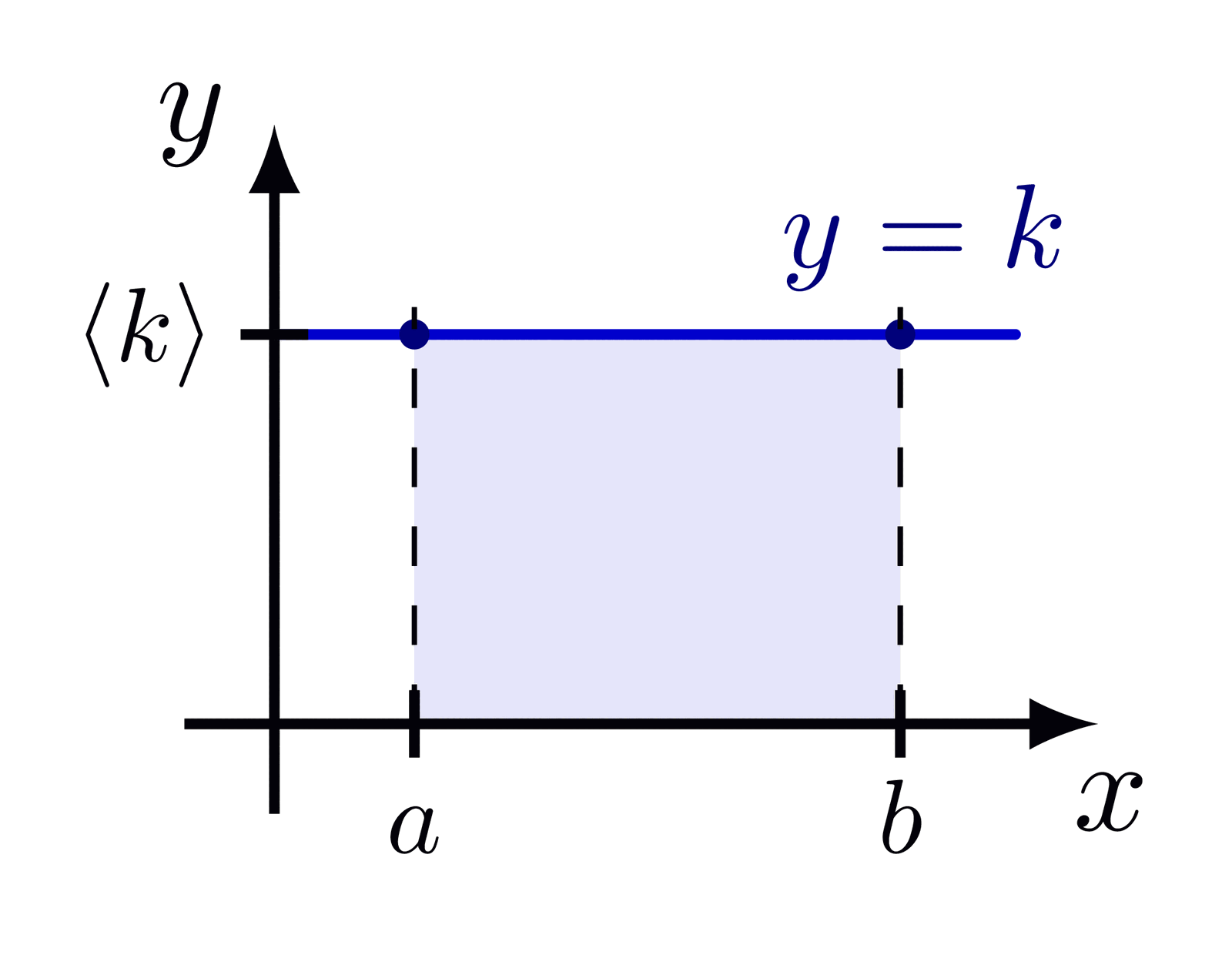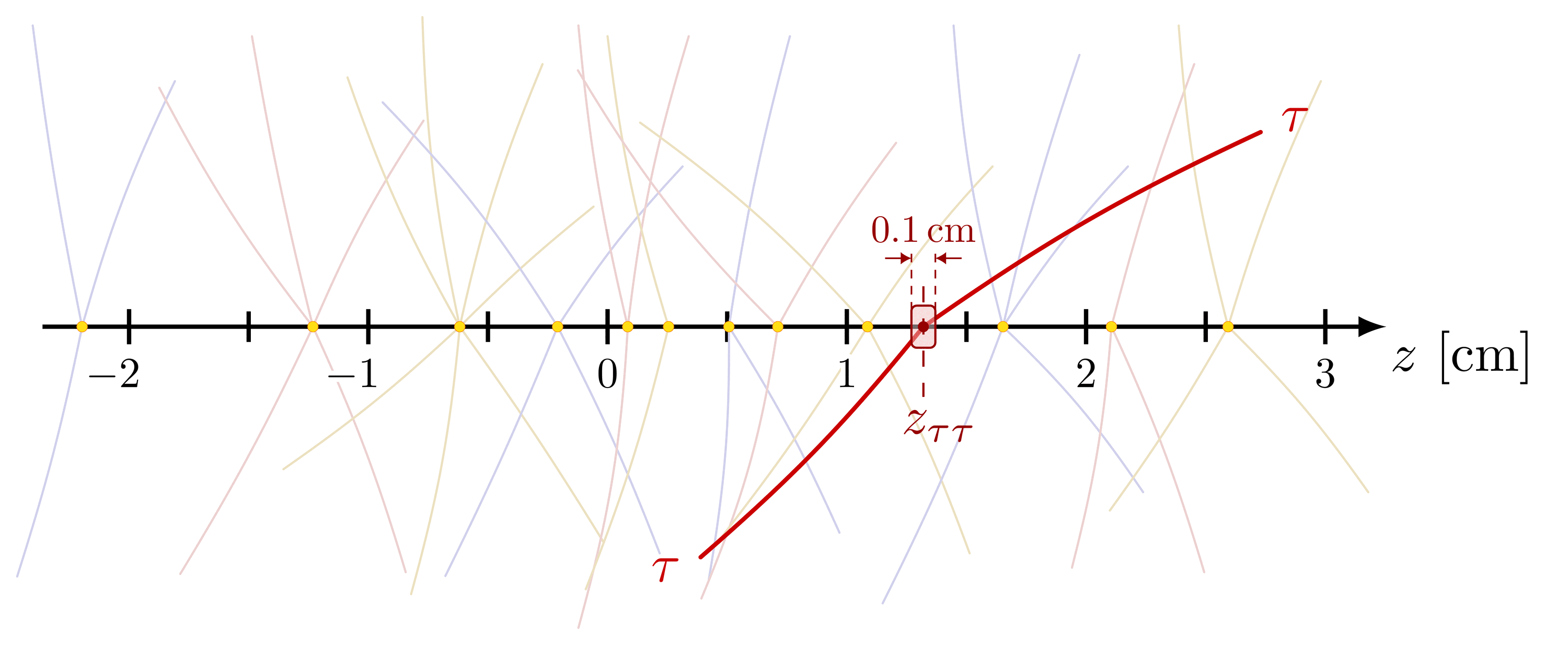The Normal Distribution is a bell-shaped curve where most data points gather around an average value, showing symmetry and a tendency for values to decrease as they move away from the mean. It’s a fundamental concept in statistics, representing common patterns in various real-world phenomena.
\documentclass[border=10pt]{standalone}\usepackage{pgfplots}\pgfplotsset{compat=1.18}\usepgfplotslibrary{fillbetween}\tikzset{every node/.style={font=\sffamily}}\definecolor{linecolor}{HTML}{7AD7F0}\definecolor{grad1}{HTML}{92DFF3}\definecolor{grad2}{HTML}{B7E9F7}\definecolor{grad3}{HTML}{DBF3FA}\definecolor{grad4}{HTML}{F5FCFF}\begin{document}\begin{tikzpicture}\begin{axis}[width = 17.5cm,height = 7.25cm,xmin = -4.5, xmax = 4.5,ymin = 0,axis x line* = bottom, % the * suppresses the arrow tipshide y axis,xtick = {-4,...,4},% xtick = {0},% tick label style = {color=white}, % uncomment this line and change all other% xtick tags to remove x-axis markingsxtick align = outside,xticklabels = {$(\mu-4\sigma)$, $(\mu-3\sigma)$, $(\mu-2\sigma)$,$(\mu-\sigma)$, $\vphantom{(}\mu$, $(\mu+\sigma)$, $(\mu+2\sigma)$,$(\mu+3\sigma)$, $(\mu+4\sigma)$}, % comment this if uncomment above;%commenting this without uncommenting above makes markings integers]% This draws the vertical lines\pgfplotsinvokeforeach {-3,-2,-1,0,1,2,3} {\draw[linecolor, thin] (axis cs: #1,-1)-- (axis cs: #1,{(1/sqrt(2*pi))*exp((-1/2)*(#1)^2)+0.05});}% This draws the main curve\addplot [domain = -4.5:4.5,samples = 251,



